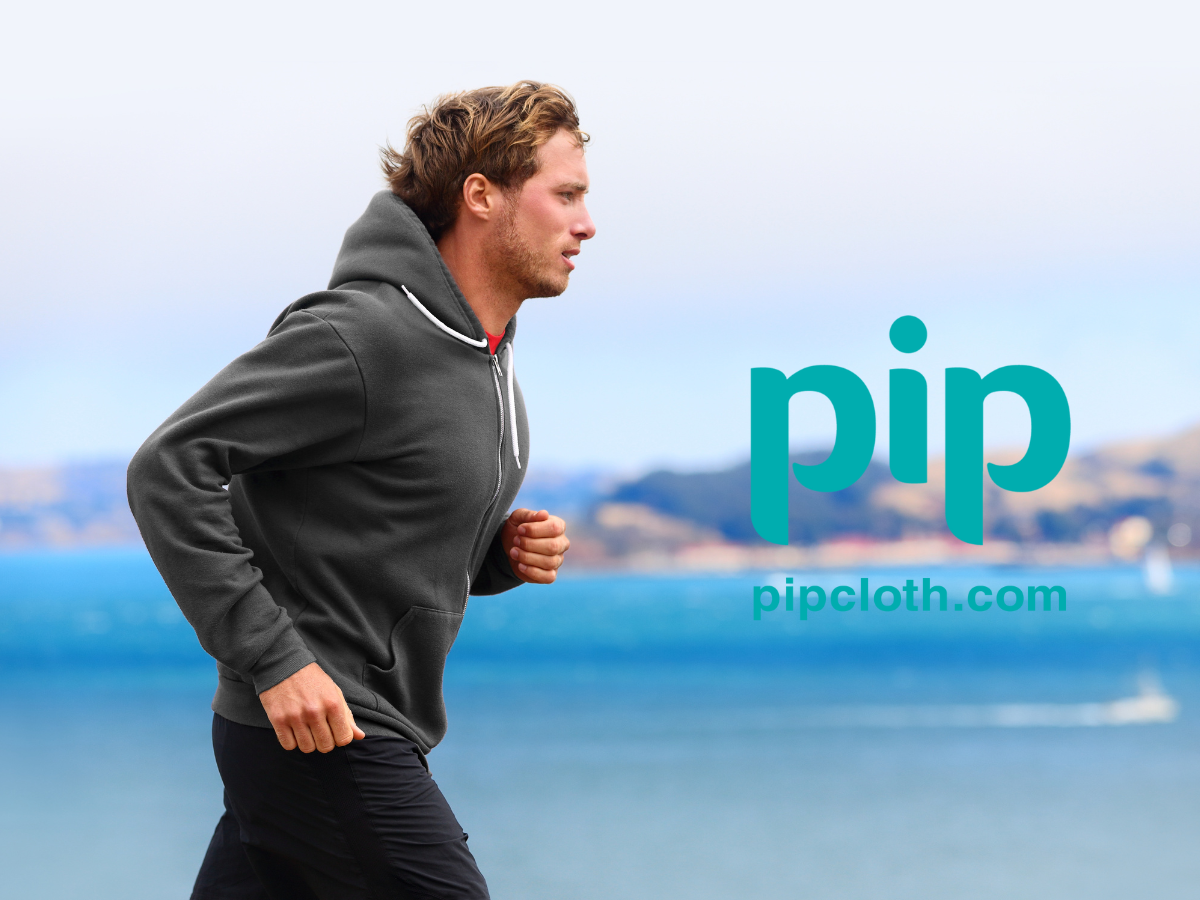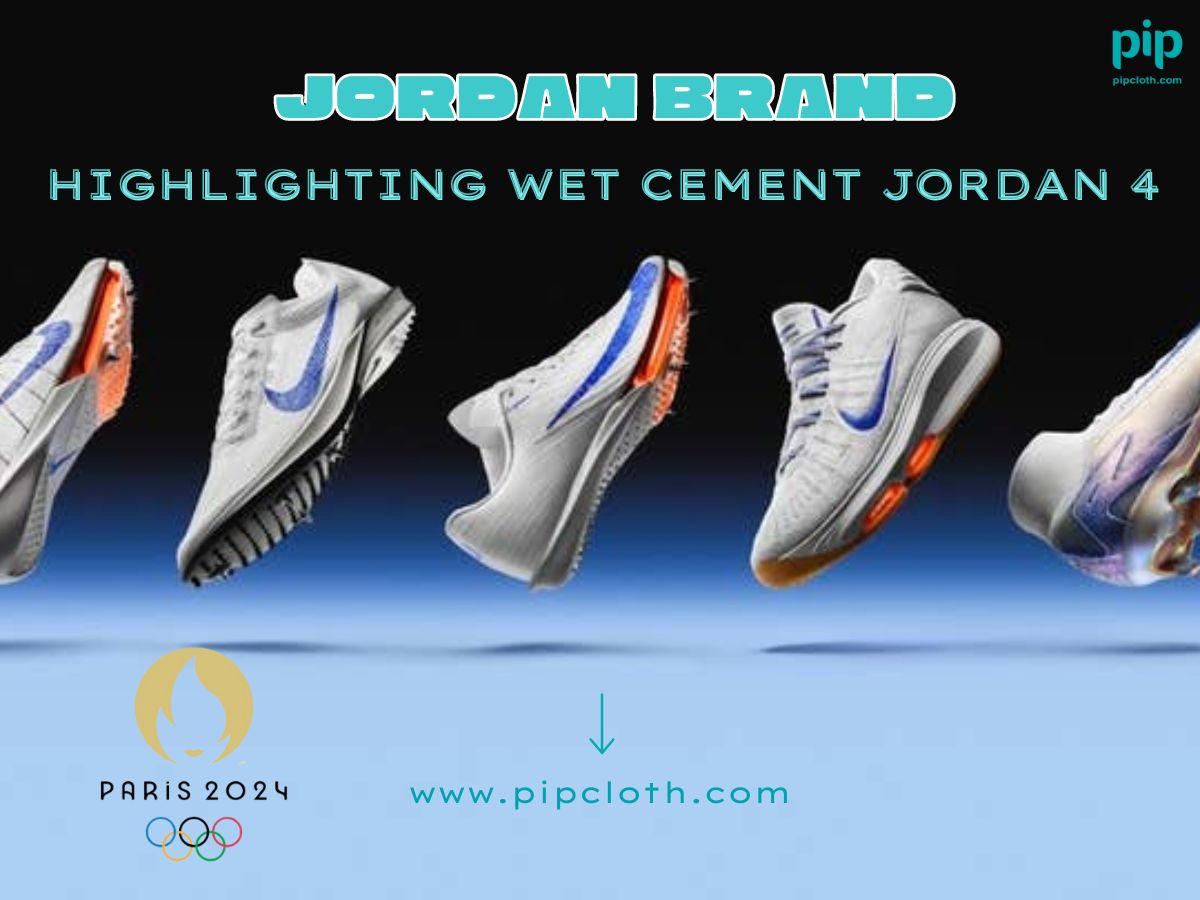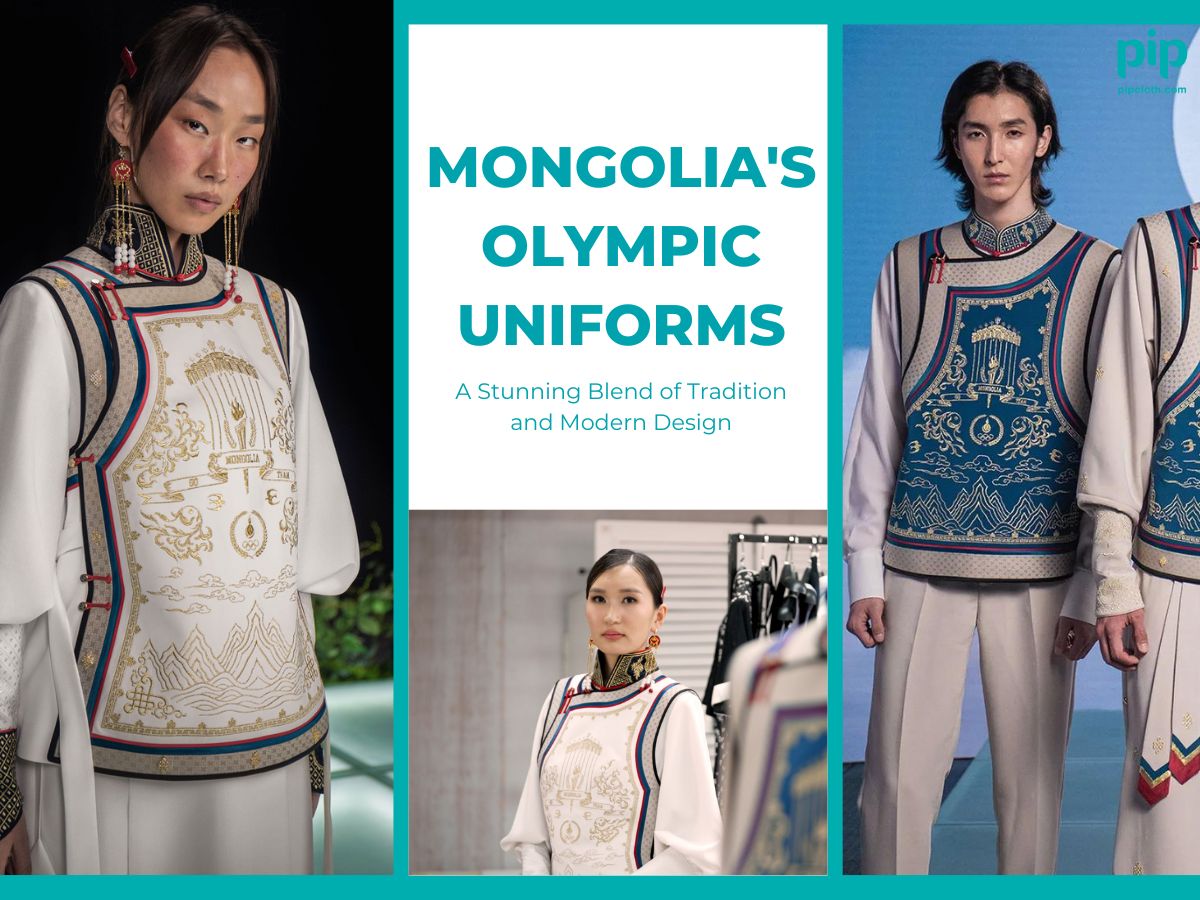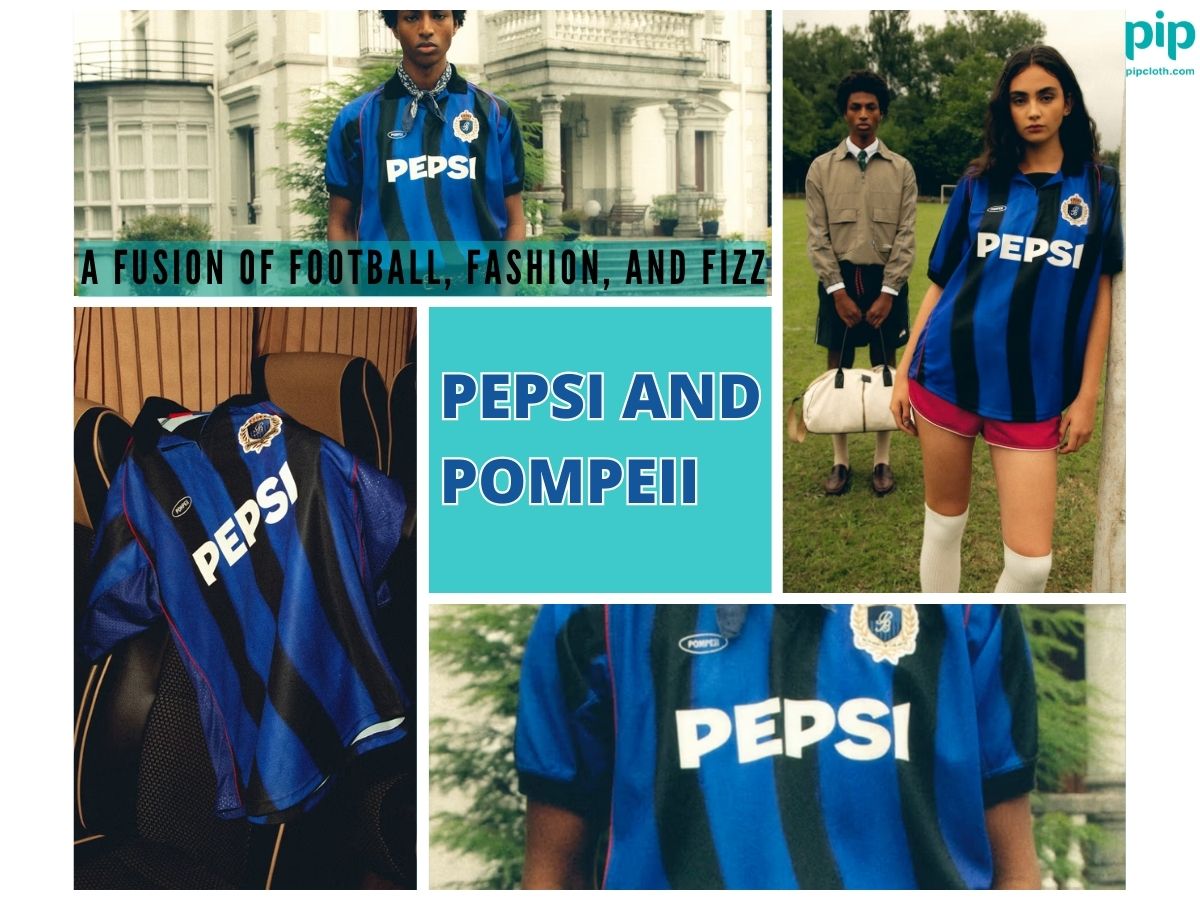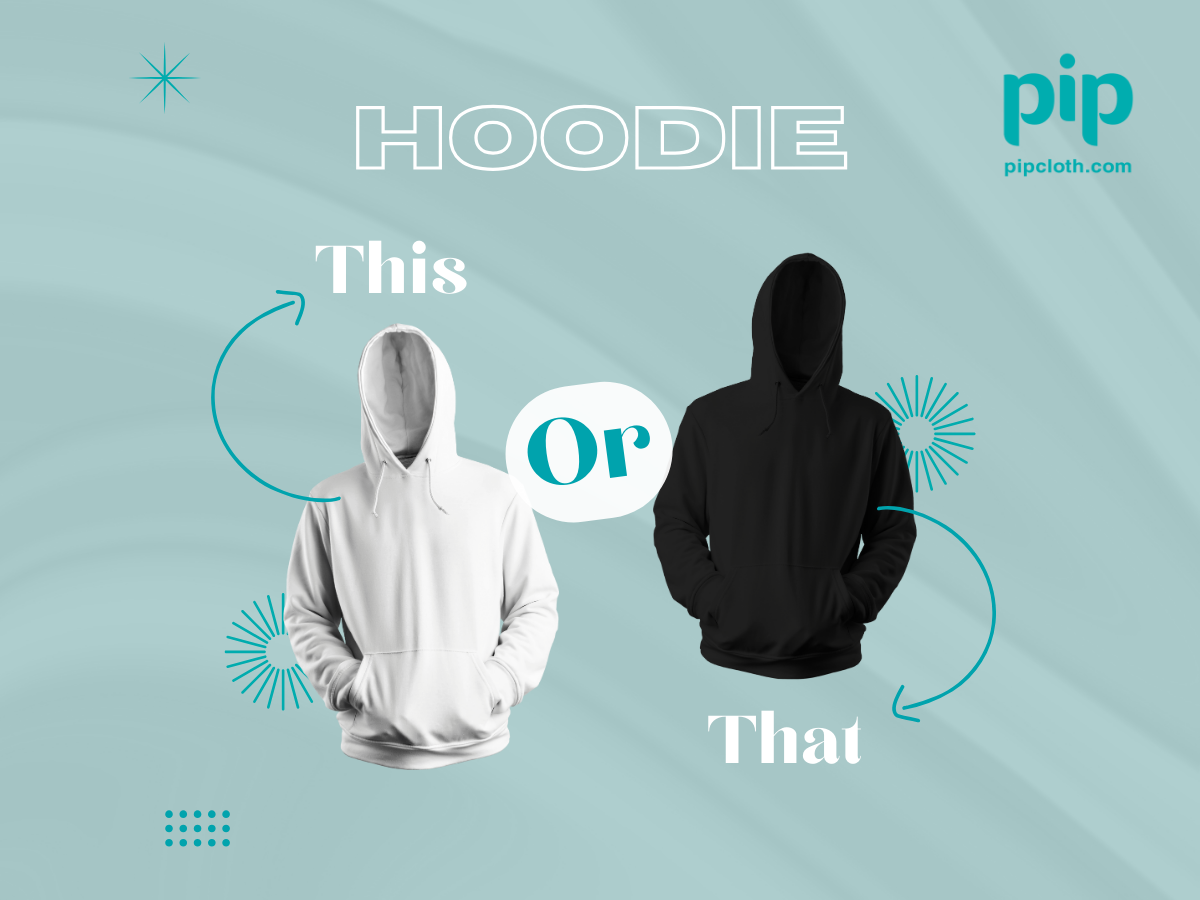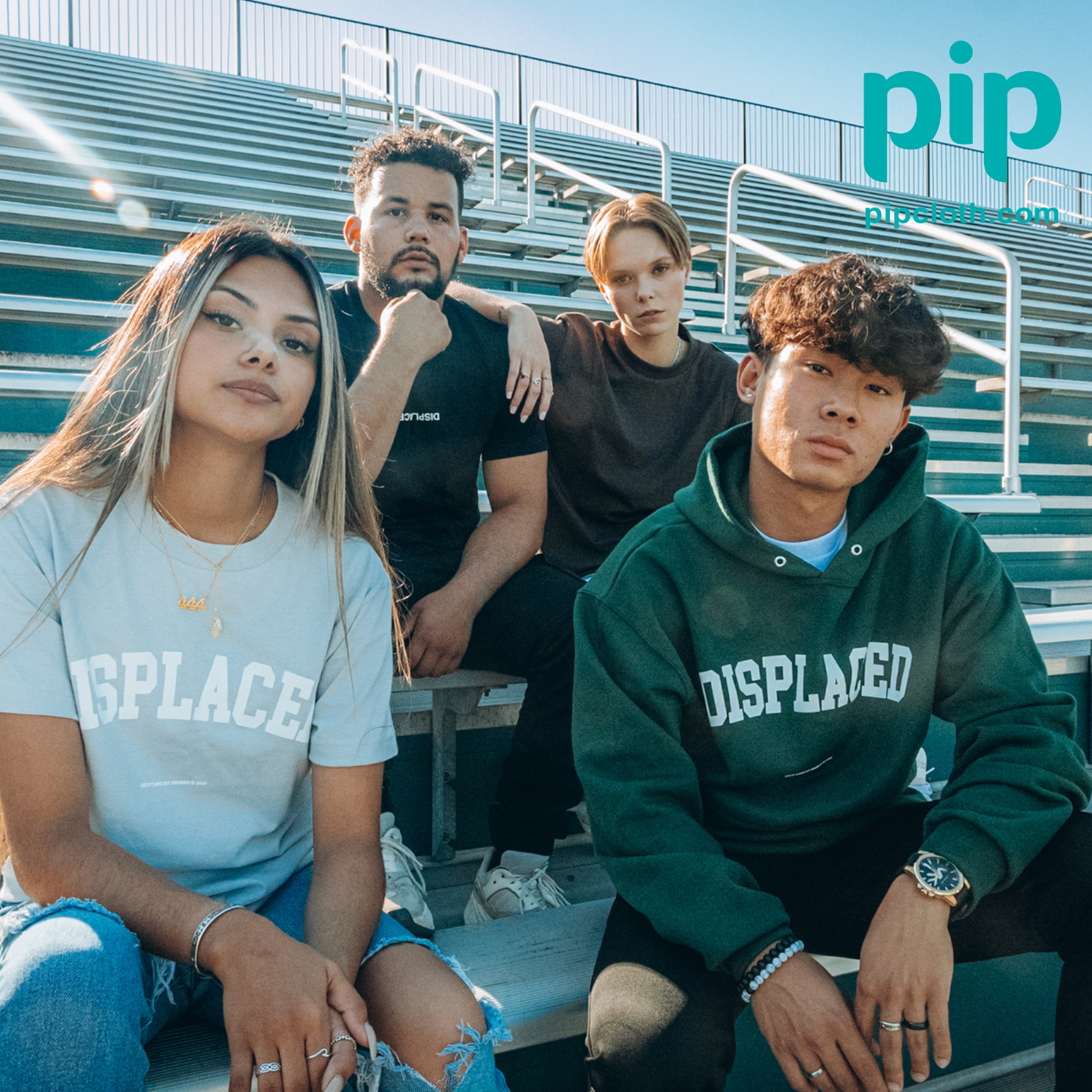The Best Features of Athletic Hoodies: A Summer Essential
Introduction
The article “Unveiling the Best Features of Athletic Hoodies” explores the various features that make athletic hoodies a popular choice, particularly during the summer season.
Comfort and Breathability
Athletic hoodies are known for their exceptional comfort and breathability. They are typically made from lightweight and soft materials, such as cotton blends or moisture-wicking fabrics. These materials allow for better airflow, preventing overheating and keeping the wearer cool and comfortable during physical activities.
Durability and Longevity
One of the standout features of athletic hoodies is their durability. These hoodies are designed to withstand rigorous movements and frequent washing without losing their shape or quality. They are often constructed with reinforced stitching, sturdy zippers, and durable fabrics, ensuring that they can withstand the demands of intense workouts or outdoor activities.
Style and Versatility
Athletic hoodies are not only practical but also stylish. They come in a wide range of designs, colors, and patterns, allowing individuals to express their personal style. Whether wearing them for sports, casual outings, or even as part of a fashionable streetwear ensemble, athletic hoodies offer versatility that can easily transition from the gym to everyday wear.
Popular Brands
The article mentions several popular brands that are known for producing high-quality athletic hoodies. These include Supreme, Reigning Champ, Russell Athletic, and Champion. These brands have gained a reputation for their commitment to excellence in design, comfort, and durability, making them go-to choices for athletes and fashion enthusiasts alike.
Conclusion
In conclusion, athletic hoodies offer a winning combination of comfort, durability, and style. Their lightweight and breathable materials ensure that wearers stay cool during the summer months, while their durability allows for long-term use. With a variety of styles and designs available from reputable brands, athletic hoodies provide both functionality and fashion-forward options for individuals seeking versatile summer attire.
Introduction
Athletic hoodies have become a staple in the wardrobes of fitness enthusiasts and casual wearers alike. These versatile garments offer a perfect blend of comfort, functionality, and style. In this comprehensive guide, we’ll explore the key features to look for when choosing the best athletic hoodie for your needs.
Key Considerations When Choosing an Athletic Hoodie
Before diving into specific features, it’s essential to consider your intended use, personal preferences, and budget.
Intended Use and Activity Level
- High-intensity workouts: Opt for hoodies with moisture-wicking fabrics and ventilation to stay cool and dry.
- Low-impact exercise: Prioritize comfort and flexibility for activities like yoga or stretching.
- Outdoor use: Look for hoodies with insulation, wind-resistant fabrics, and UV protection for outdoor workouts.
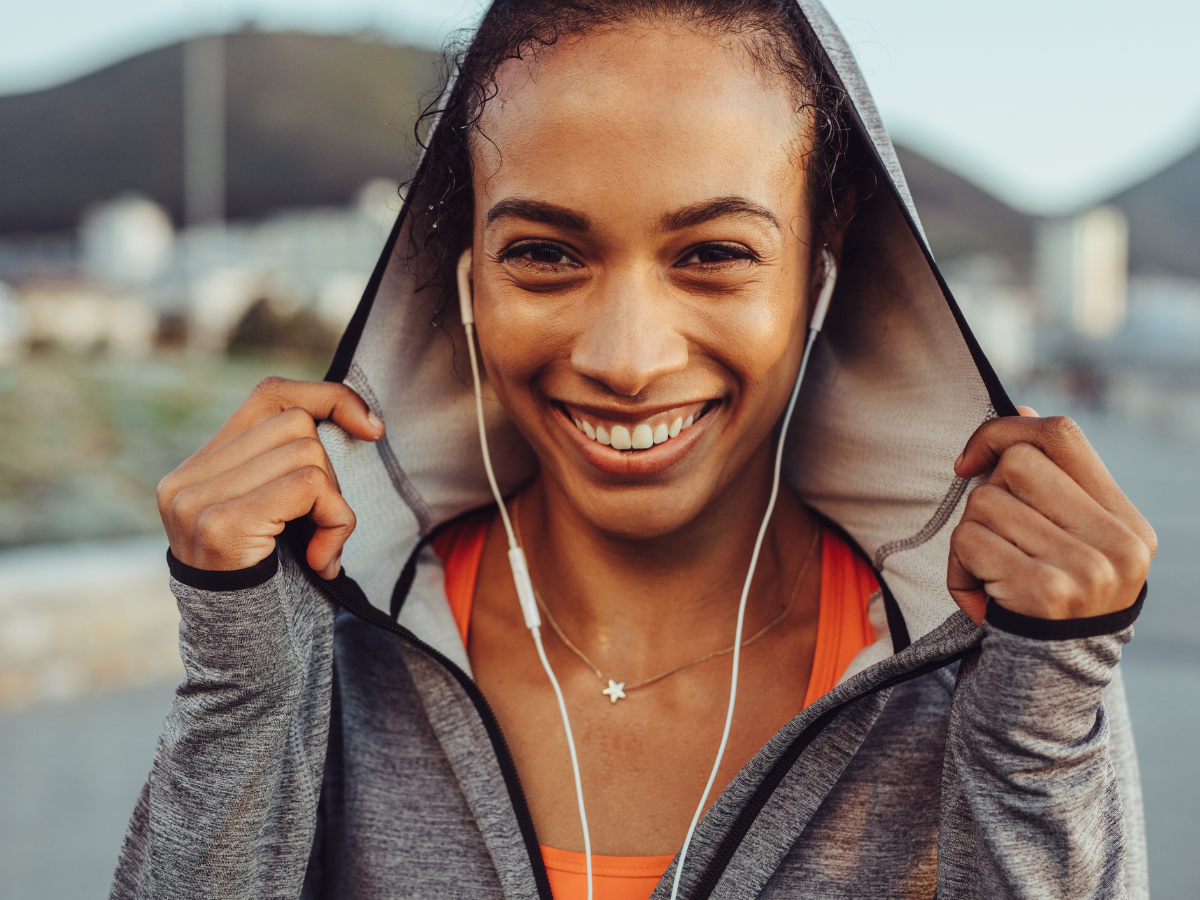
Personal Preferences and Style
- Fit: Choose from slim, relaxed, or oversized fits based on your preferred look and comfort level.
- Aesthetic: Consider color options, designs, and brand preferences that align with your personal style.
Budget and Value for Money
- Quality vs. affordability: Strike a balance between quality materials and construction while staying within your budget.
- Durability: Invest in well-made hoodies that will withstand frequent use and washing for long-term value.
Essential Fabric and Material Properties
The fabric and material of your athletic hoodie play a crucial role in its performance and comfort. Here are the key properties to consider:
Moisture Management
- Moisture-wicking technologies: Look for hoodies with fabrics like Dri-FIT, Climalite, or Moisture Transport System that draw sweat away from your skin.
- Quick-drying properties: Ensure the fabric dries quickly to prevent discomfort and chafing during workouts.
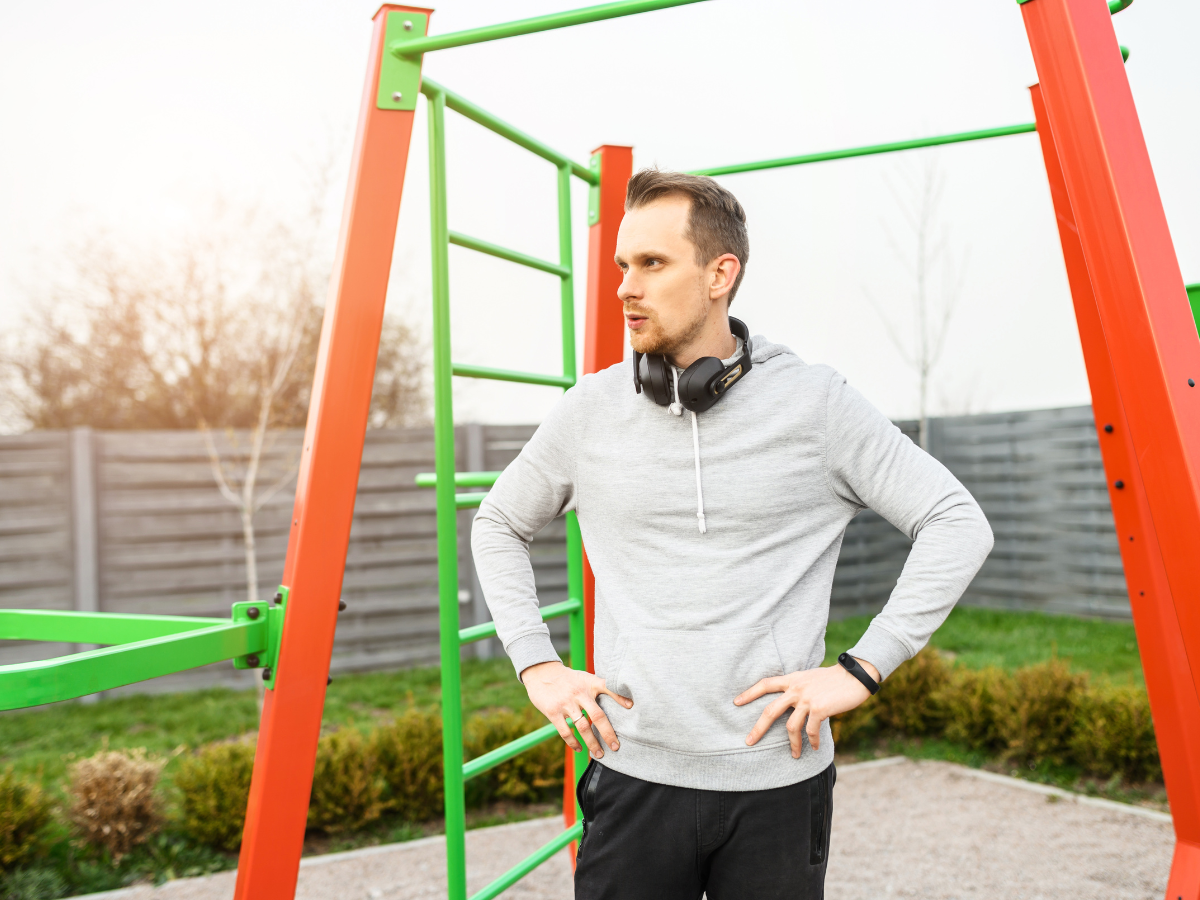
Breathability and Ventilation
- Mesh panels or perforations: Hoodies with strategically placed mesh or perforated fabric allow for better airflow and temperature regulation.
- Lightweight fabrics: Opt for lightweight, breathable materials like polyester or nylon blends to prevent overheating.
Stretch and Mobility
- Four-way stretch fabrics: Look for hoodies with elastane, spandex, or lycra content for unrestricted movement.
- Gusseted underarms or articulated sleeves: These design features enhance mobility and prevent the hoodie from riding up during exercise.
Insulation and Warmth
- Fleece lining: Hoodies with brushed or grid fleece lining provide extra warmth and insulation for colder temperatures.
- Merino wool: This natural fiber offers excellent temperature regulation, keeping you warm in cold weather and cool in warm conditions.
Fit, Style, and Sizing
Finding the right fit and style is essential for both performance and personal preference. Consider these aspects:
Athletic Fit for Performance
- Slim or compression fit: Streamlined hoodies that sit close to the body provide support and reduce bulk during high-intensity workouts.
- Tailored design: Look for hoodies with tailored shoulders, sleeves, and waists to minimize excess fabric and enhance mobility.
Relaxed Fit for Versatility
- Loose or oversized fit: Hoodies with a relaxed fit offer more room for layering and provide a casual, comfortable look for everyday wear.
- Longer lengths: Extended length hoodies, such as tunic or hooded dress styles, provide additional coverage and versatility.
Inclusive Sizing and Gender-Specific Fits
- Wide range of sizes: Look for brands that offer a wide range of sizes to accommodate different body types and preferences.
- Gender-specific fits: Consider hoodies designed specifically for men, women, or youth to ensure a more tailored and comfortable fit.
Hood and Collar Design
The hood and collar of your athletic hoodie can greatly impact its functionality and style. Pay attention to these features:
Adjustability and Customization
- Drawcords or toggles: Hoodies with adjustable drawcords or toggles allow you to customize the fit and coverage of the hood.
- Structured or flexible brim: Some hoodies feature a structured brim for added protection, while others have a flexible brim for a more relaxed look.
Thermal Properties
- Lined or double-layered hoods: Hoodies with lined or double-layered hoods provide extra warmth and insulation in colder temperatures.
- Scuba-style or funnel necks: These high-collar designs offer additional coverage and protection for the neck and chin.
Collar Height and Style
- High collar: Hoodies with a high collar provide extra protection against wind and cold, making them ideal for outdoor workouts.
- Mock neck or convertible collar: These collar styles offer versatility, allowing you to adjust the coverage based on your preferences and the weather.
Zipper Options and Placement
Zippers play a crucial role in the functionality and durability of athletic hoodies. Consider these factors:
Zipper Types and Lengths
- Full-zip: Hoodies with a full-length zipper allow for easy on and off and provide maximum ventilation options.
- Quarter-zip or half-zip: These pullover-style hoodies offer a more streamlined look and can be easily adjusted for ventilation.
Zipper Quality and Durability
- Smooth-gliding zippers: Look for hoodies with high-quality, snag-free zippers that glide smoothly and don’t catch on the fabric.
- Rust-resistant or plastic hardware: Opt for hoodies with rust-resistant metal or durable plastic zippers to ensure long-lasting performance.
Zipper Features
- Zipper garages: These small fabric flaps at the top of the zipper prevent chafing and irritation against the skin.
- Two-way zippers: Hoodies with two-way zippers allow for adjustable ventilation and easier access to layers underneath.
Alternative Closures
- Snap buttons or Velcro: Some hoodies feature snap buttons or Velcro closures as an alternative to zippers, providing a unique look and easy access.
Pocket Placement and Functionality
Pockets are essential for storing personal items and keeping your hands warm. Look for these pocket features:
Kangaroo or Front Pouch Pockets
- Spacious design: Large front pouch pockets provide ample space for storing essentials and keeping your hands warm.
- Mesh lining: Some hoodies feature mesh lining in the pockets for added ventilation and breathability.
Zippered Pockets for Security
- Chest or arm pockets: Zippered pockets on the chest or arm provide secure storage for valuables like keys, cards, or phones.
- Hidden or interior pockets: Some hoodies feature hidden or interior pockets for discreet storage of important items.
Media-Specific Pockets
- Headphone port or cable routing: Look for hoodies with a dedicated headphone port or cable routing to keep your cords organized and accessible.
- Touchscreen-compatible materials: Some hoodies feature touchscreen-compatible materials on the pocket, allowing you to use your phone without removing it.
Pocket Depth and Construction
- Deep pockets: Ensure the pockets are deep enough to securely hold your items without the risk of them falling out during activity.
- Reinforced pocket edges: Hoodies with reinforced pocket edges or stitching provide added durability and prevent premature wear and tear.
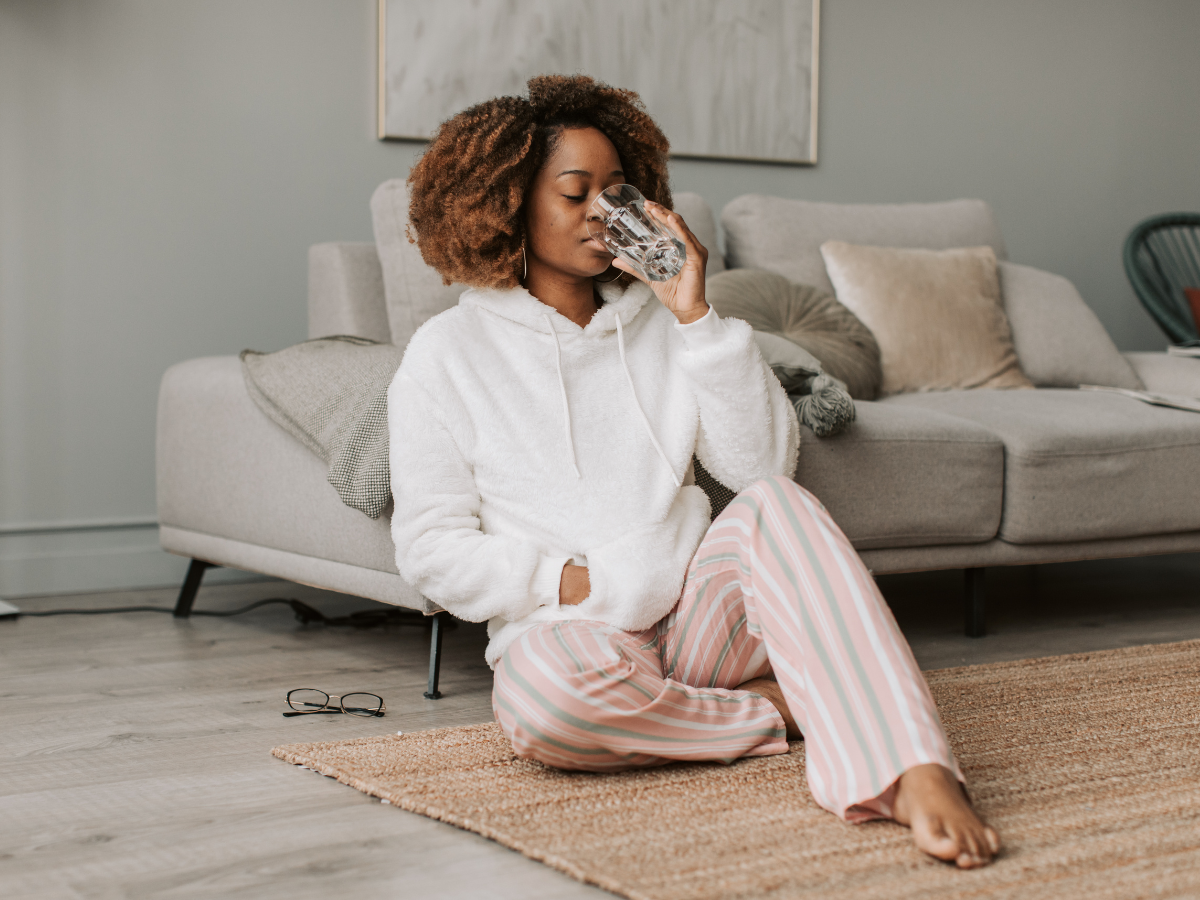
Cuff, Hem, and Sleeve Features
The cuffs, hem, and sleeves of your athletic hoodie can impact its fit, comfort, and functionality. Consider these features:
Cuff Styles and Adjustability
- Elastic or ribbed cuffs: Look for hoodies with elastic or ribbed cuffs that provide a secure, snug fit around your wrists.
- Thumbholes: Some hoodies feature thumbholes in the cuffs, allowing you to keep your hands warm and the sleeves in place during activity.
Hem Adjustability and Shaping
- Drawcord or toggle hem: Hoodies with an adjustable drawcord or toggle at the hem allow you to customize the fit and prevent cold air from entering.
- Dropped or curved hem: A dropped or curved hem provides additional coverage in the back, ensuring the hoodie stays in place during movement.
Raglan or Set-In Sleeves
- Raglan sleeves: Hoodies with raglan sleeves (where the sleeve extends to the collar) provide better mobility and reduce chafing in the underarm area.
- Set-in sleeves: Traditional set-in sleeves offer a classic look and can be more suitable for casual wear.
Sleeve Length and Tapering
- Long sleeves: Look for hoodies with long sleeves that provide full coverage and protection for your arms.
- Tapered sleeves: Some hoodies feature tapered sleeves that narrow towards the wrist, reducing bulk and providing a more streamlined fit.
Seam Construction and Placement
The construction and placement of seams can greatly impact the comfort and durability of your athletic hoodie. Look for these features:
Flatlock or Low-Profile Seams
- Reduced chafing: Flatlock or low-profile seams lie flat against the skin, reducing chafing and irritation during movement.
- Improved comfort: These seams provide a smooth, comfortable feel, especially in high-friction areas.
Reinforced Seams for High-Stress Areas
- Shoulders and armholes: Look for hoodies with reinforced seams at the shoulders and armholes to withstand the stress of movement and prevent tearing.
- Pockets and zippers: Reinforced seams around pockets and zippers ensure long-lasting durability and prevent premature wear.
Ergonomic Seam Placement
- Natural movement: Hoodies with ergonomic seam placement are designed to follow the body’s natural lines of movement, enhancing mobility and reducing restriction.
- Improved range of motion: Strategic seam placement allows for a full range of motion without causing discomfort or pulling.
Seamless or Bonded Construction
- Smooth feel: Seamless or bonded construction eliminates traditional seams, providing a smooth, chafe-free feel against the skin.
- Lightweight and form-fitting: This construction method results in a lightweight, form-fitting hoodie that moves with your body.
Enhanced Performance Features
Modern athletic hoodies often incorporate additional features to enhance performance and functionality. Consider these options:
Reflective Elements for Visibility
- Logos, trims, or taping: Look for hoodies with reflective logos, trims, or taping that increase visibility in low-light conditions.
- 360-degree reflectivity: Some hoodies feature reflective elements strategically placed for 360-degree visibility, ensuring you’re seen from all angles.
UV Protection for Outdoor Activities
- UPF-rated fabrics: Hoodies with UPF (Ultraviolet Protection Factor) ratings provide protection against harmful UV rays during outdoor workouts.
- Extended coverage: Look for hoodies with long sleeves and high collars that offer additional coverage and protection from the sun.
Odor Control and Antimicrobial Properties
- Silver-infused or treated fabrics: Some hoodies feature silver-infused or treated fabrics that prevent the growth of odor-causing bacteria.
- Natural odor-resistant materials: Hoodies made from materials like merino wool or bamboo have natural odor-resistant properties, keeping you fresh during extended wear.
Weather-Resistant Treatments
- DWR (Durable Water Repellent) finish: Hoodies with a DWR finish provide resistance against light rain and moisture, keeping you dry in mild weather conditions.
- Windproof or wind-resistant fabrics: Look for hoodies with windproof or wind-resistant fabrics that shield you from cold gusts and breezes during outdoor activities.
Layering and Versatility
Athletic hoodies are designed to be versatile and adaptable to various situations. Consider these factors:
Base, Mid, and Outer Layer Compatibility
- Lightweight fabrics for layering: Look for hoodies made from lightweight, breathable fabrics that can be easily layered under jackets or over base layers.
- Relaxed fit to accommodate layers: Hoodies with a relaxed fit provide room for layering without feeling restrictive or bulky.
Cross-Functional Design
- Suitable for various sports and activities: Choose hoodies that are designed to perform well across a range of sports and activities, from running to weightlifting.
- Adaptable for casual, everyday wear: Look for hoodies with a stylish, versatile design that can transition seamlessly from the gym to casual settings.
Seasonal Considerations
- Lightweight hoodies for summer or mild weather: Opt for lightweight, breathable hoodies made from moisture-wicking fabrics for warm weather or indoor workouts.
- Fleece-lined or insulated hoodies for colder temperatures: Choose hoodies with fleece lining or insulation for added warmth during cold-weather outdoor activities.
Care, Maintenance, and Sustainability
To ensure the longevity and performance of your athletic hoodie, consider these care and sustainability factors:
Washing and Drying Instructions
- Machine washable: Look for hoodies that are machine washable for easy care and maintenance.
- Air drying or low-heat tumble drying: To preserve the quality and shape of your hoodie, air dry or tumble dry on low heat settings.
Fabric Treatments and Longevity
- Anti-pilling or anti-snagging finishes: Some hoodies feature special finishes that resist pilling and snagging, maintaining a smooth appearance over time.
- Durable construction: Choose hoodies with reinforced seams, sturdy zippers, and high-quality fabrics for long-lasting wear.
Eco-Friendly and Sustainable Options
- Recycled or organic materials: Look for hoodies made from recycled polyester or organic cotton to reduce environmental impact.
- Bluesign or OEKO-TEX certified fabrics: These certifications ensure that the fabrics used in the hoodie are produced sustainably and free from harmful substances.
Embracing Sustainability: Exploring Eco-Friendly Hoodie Choices
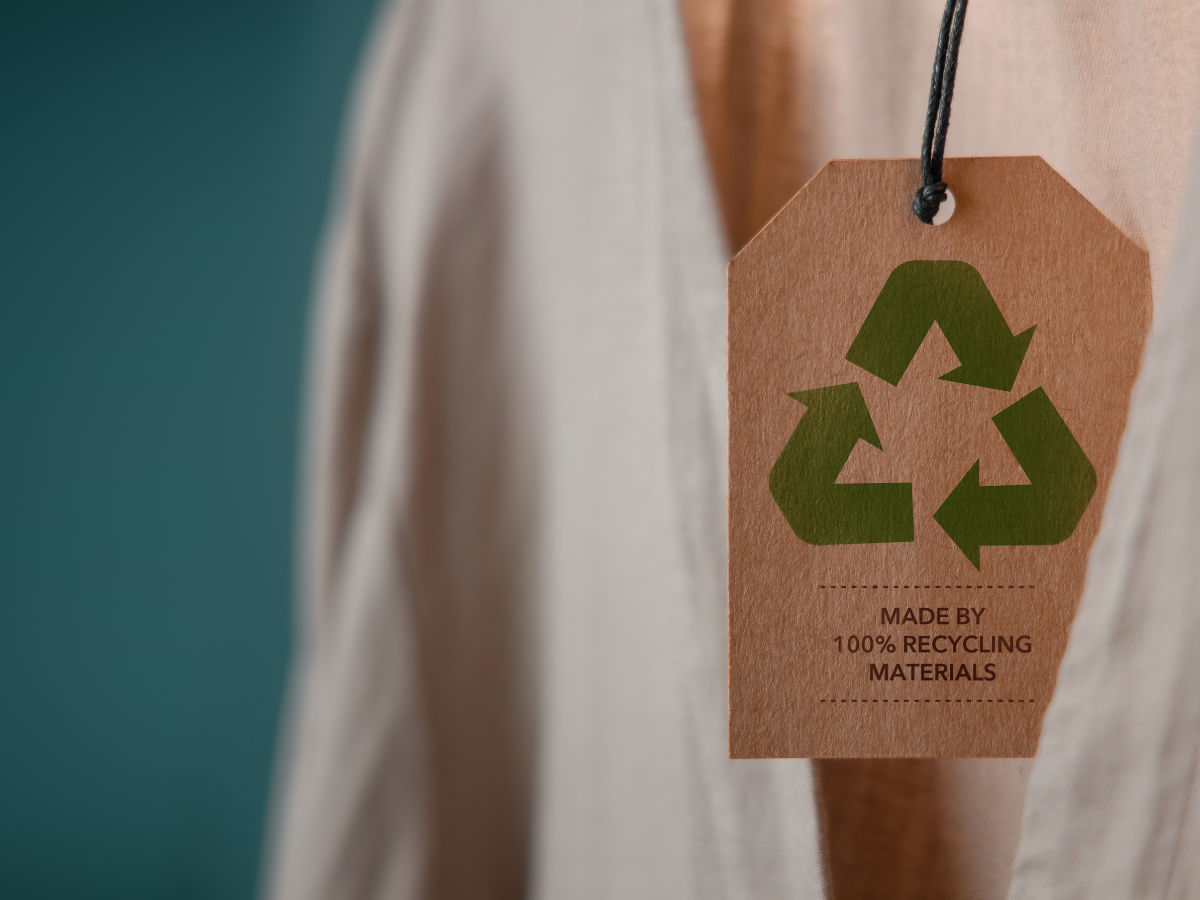
Repair and Warranty Policies
- Manufacturer’s warranty coverage: Check if the brand offers a warranty that covers defects in materials or workmanship.
- Repair or replacement options: Some brands offer repair or replacement services for damaged hoodies, extending their lifespan and reducing waste.
Conclusion
Choosing the best athletic hoodie involves considering a range of features and factors tailored to your individual needs and preferences. By prioritizing key aspects such as fabric properties, fit, hood and collar design, zipper quality, pocket functionality, seam construction, and performance features, you can find a hoodie that offers both comfort and functionality.
Remember to also consider your intended use, personal style, and budget when making your decision. Investing in a high-quality, well-designed athletic hoodie can provide long-lasting satisfaction and support your active lifestyle for years to come.
As manufacturers continue to innovate and improve athletic hoodie designs, stay informed about the latest features and technologies to ensure you’re making the best choice for your needs. With the right athletic hoodie, you’ll be ready to take on any workout or adventure in comfort and style.
FAQ Section:
Q1: What are the benefits of moisture-wicking fabrics in athletic hoodies?
A: Moisture-wicking fabrics, such as polyester blends, draw sweat away from the skin, allowing it to evaporate quickly. This helps regulate body temperature, prevents chafing, and keeps the wearer dry and comfortable during workouts. A study by the American College of Sports Medicine found that moisture-wicking fabrics can reduce skin temperature by up to 5°F compared to cotton fabrics.
Q2: How do thumbholes enhance the functionality of athletic hoodies?
A: Thumbholes are a practical feature that keep the sleeves in place and provide additional coverage for the hands. They prevent the sleeves from riding up during movement, offering warmth and protection against the elements. Thumbholes also help to extend the life of the hoodie by reducing wear and tear on the cuffs.
Q3: What is the importance of flatlock seams in athletic hoodies?
A: Flatlock seams are designed to lie flat against the skin, reducing chafing and irritation during physical activity. These seams are particularly important in high-friction areas, such as the underarms and sides, where traditional raised seams can cause discomfort. Flatlock seams also contribute to the overall durability of the hoodie by distributing stress evenly along the seam line.
Q4: How do raglan sleeves improve mobility in athletic hoodies?
A: Raglan sleeves, which extend in one piece from the collar to the underarm, provide a wider range of motion compared to traditional set-in sleeves. This design allows for easier movement of the arms and shoulders, reducing restriction and enhancing overall comfort. Raglan sleeves are particularly beneficial for activities that involve overhead movements, such as weightlifting or climbing.
Q5: What are the advantages of hoodies with media pockets?
A: Media pockets are designed to securely hold electronic devices, such as smartphones or MP3 players, during workouts. These pockets often feature a headphone port or cable routing system, allowing the wearer to listen to music or podcasts hands-free. Media pockets eliminate the need for separate armbands or carrying cases, providing a convenient and streamlined solution for athletes on the go.
Q6: How do hoodies with UPF ratings protect against UV rays?
A: Hoodies with UPF (Ultraviolet Protection Factor) ratings offer built-in sun protection, blocking a percentage of harmful UV rays. UPF ratings range from 15 to 50+, with higher numbers indicating greater protection. For example, a hoodie with a UPF rating of 50 blocks approximately 98% of UV rays. This feature is particularly important for athletes who spend extended periods outdoors, reducing the risk of sunburn and long-term skin damage.
Q7: What are the benefits of hoodies with four-way stretch fabrics?
A: Four-way stretch fabrics, such as those containing elastane or spandex, stretch both horizontally and vertically. This allows the hoodie to move with the body, providing unrestricted mobility and reducing the risk of tearing or damage during physical activity. Four-way stretch fabrics also contribute to a more comfortable, form-fitting silhouette that doesn’t impede movement.
Q8: How do hoodies with antimicrobial properties combat odor?
A: Hoodies with antimicrobial properties, such as those treated with silver ions or made from naturally odor-resistant materials like merino wool, help combat the growth of odor-causing bacteria. These fabrics work by creating an inhospitable environment for bacteria, preventing them from multiplying and causing unpleasant smells. Antimicrobial hoodies are ideal for athletes who engage in high-intensity workouts or those who prefer to wear their hoodies multiple times between washes.
Q9: What are the advantages of hoodies with zippered pockets?
A: Zippered pockets provide a secure storage solution for essential items, such as keys, credit cards, or energy gels. Unlike open pockets, zippered pockets prevent items from falling out during physical activity, offering peace of mind and convenience. Some hoodies feature multiple zippered pockets, including chest pockets or hidden interior pockets, allowing for organized storage and easy access to belongings.
Q10: How do hoodies with reflective elements enhance visibility and safety?
A: Hoodies with reflective elements, such as logos, trims, or taping, increase visibility in low-light conditions, making the wearer more noticeable to drivers, cyclists, and other pedestrians. This is particularly important for athletes who train early in the morning, late in the evening, or in areas with limited lighting. According to a study by the University of Florida, wearing reflective clothing can make a person visible from up to 500 feet away, significantly reducing the risk of accidents.

